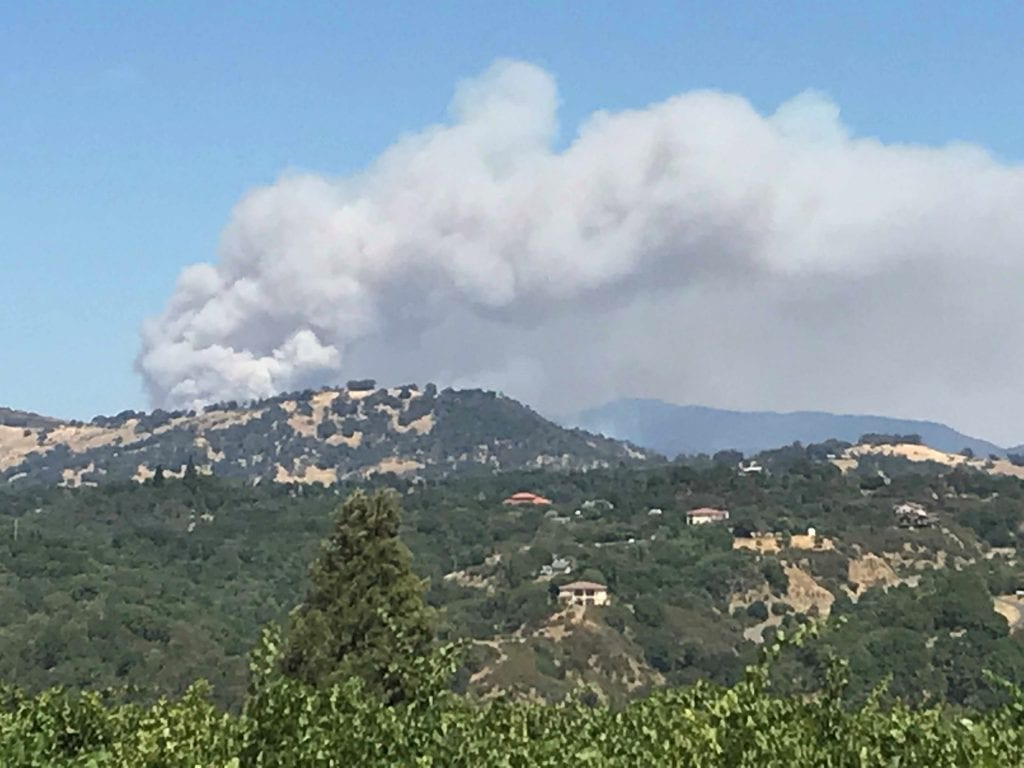
Summer temperatures are here, bringing triple digits to several areas of California, drying up brush and grasses. Fires are anticipated to be quite common in the next few months as foliage dries into fuel perfect for ravenous flames. President and CEO of AgSafe, Theresa Kiehn, reminds employers of agricultural workers to update their emergency action plans and brief crews about emergency response to wildfire smoke.
If the Air Quality Index (AQI) is above 151, employers must provide N-95 respirators as an option to wear, and must provide wildfire smoke training, which includes health impacts of smoke inhalation, the right to obtain medical treatment, and steps to protect oneself in poor working conditions. Should the AQI exceed 500, N-95 respirators are mandatory. The local AQI can be found online at US EPA AirNow.
High winds also increase the risk of wildfires and spread both smoke and flames quickly. Kiehn encourages communication with crew supervisors and first responders to ensure an effective plan is in place. She also said in the case of a high AQI that employers should consider moving their crews to a different field or ending shifts early if feasible for production.
Cal/OSHA offers fact sheets and FAQs on its website to support agriculture employers during seasons with heavy wildfire smoke.
Contributing Author:
Lauren McEwen
AgNet West Intern










